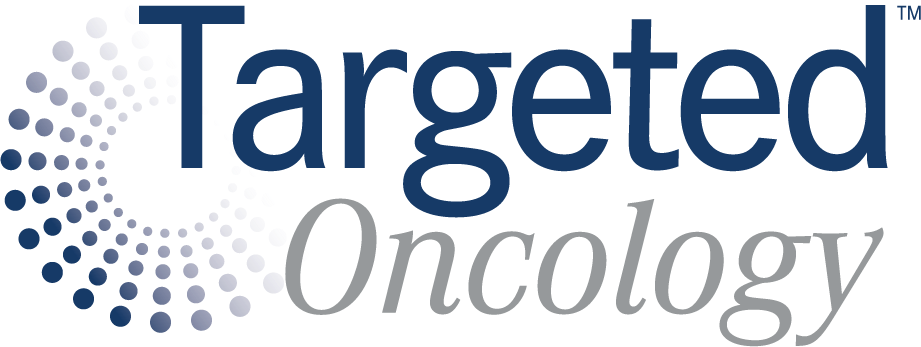Strong 1-Year Survival Shown With MMUD Peripheral Blood Stem Cell Transplants
Jeff Auletta, MD, discussed the ACCESS trial and explained that mismatched unrelated donor transplants can be a viable option.
Jeffery J. Auletta, MD

Overall survival (OS) at 1 year following mismatched unrelated donor (MMUD) peripheral blood stem cell transplantation in patients receiving myeloablative conditioning (MAC) and posttransplant cyclophosphamide (PTCy) was highly encouraging and comparable with historical data from HLA-matched donor peripheral blood stem cell transplants, according to data from the phase 2 ACCESS trial (NCT04904588).1
The ACCESS trial assessed posttransplant cyclophosphamide as graft-vs-host disease (GVHD) prophylaxis in MMUD transplants. The trial compared outcomes using peripheral blood stem cells to the previously conducted 15 MMUD trial, which used bone marrow. A total of 71% of the enrolled patients were non-white or Hispanic.
Findings presented at the 2025 Transplantation & Cellular Therapy Meetings showed an 84% (95% CI, 73%-90%) 1-year overall survival rate in myeloablative adult patients. According to Jeff Auletta, MD, the study results also emphasize that PTCy has enabled safe and effective myeloablative conditioning, reducing barriers for diverse patients.
In an interview with Targeted OncologyTM, Auletta, senior vice president of health equity at the National Marrow Donor Program and chief scientific officer of the Center for International Blood and Marrow Transplant Research, discussed the ACCESS trial and explained how MMUD transplants can be a viable option.
Targeted Oncology: Can you explain the background, methods, and design of the ACCESS trial?
Auletta: The ACCESS trial is a multicenter, phase 2 trial designed to compare overall survival in patients receiving mismatched unrelated donor peripheral blood stem cells as an allograft source for hematologic malignancies. We are comparing this overall survival data to our previous trial, the 15 MMUD trial, which used mismatched, unrelated donor bone marrow.
The trial consists of 3 strata. The first 2 strata include adult patients receiving peripheral blood stem cells from a mismatched, unrelated donor under either myeloablative or reduced-intensity conditioning. The third stratum is exclusively for pediatric patients receiving mismatched unrelated donor bone marrow allografts with myeloablative chemotherapy. The study follows patients for 1 year to evaluate overall survival. We have already presented results on the first reduced-intensity cohort, and at this year’s Tandem Meetings, we presented results on the myeloablative adult cohort.
Can you delve into the findings presented at the Tandem Meeting?
To provide some background, mismatched unrelated donors are used to provide life-saving transplants, particularly for ethnically diverse patients. Historically, mismatched, unrelated donor transplants with calcineurin inhibitor-based GVHD prophylaxis, such as cyclosporine or tacrolimus, have been associated with inferior overall survival. However, the use of posttransplant cyclophosphamide as GVHD prophylaxis has demonstrated favorable results in both the 15 MMUD trial and now the ACCESS trial.
In the myeloablative adult cohort of the ACCESS trial, we observed very favorable 1-year overall survival results, with an 84% survival rate in adults with hematologic malignancies. This is quite favorable compared to standard myeloablative allogeneic stem cell transplantation and, more specifically, when compared to the 15 MMUD trial. These results reinforce the effectiveness of this approach in providing life-saving treatment, particularly for ethnically diverse patients, who comprised approximately 51% of the enrolled participants in the trial.
How do outcomes using peripheral blood stem cells compare with bone marrow transplants?
There are 3 primary stem cell sources for allogeneic stem cell transplants: bone marrow, peripheral blood stem cells, and umbilical cord blood cells. Peripheral blood stem cells are the most commonly used allograft source for transplantation.
The 15 MMUD trial was a feasibility study that established the potential for mismatched, unrelated donor transplants using bone marrow. The ACCESS trial builds on that work by focusing on practicality, as peripheral blood stem cells are more commonly used in clinical practice. Our goal was to confirm that using peripheral blood stem cells was at least as effective as using bone marrow in this context.
What contributed to the high 1-year survival rate seen in the study?
The key factor is the use of posttransplant cyclophosphamide as GVHD prophylaxis. This approach has allowed us to overcome the HLA barrier. As I mentioned earlier, prior GVHD prophylaxis regimens led to inferior outcomes. The use of posttransplant cyclophosphamide has enabled the successful use of HLA-mismatched transplants, whether from haploidentical related donors or mismatched, unrelated donors.
Microscopic image of bone marrow cells - Generated with Google Gemini AI

What are the key takeaways from the study for patients with diverse ethnic backgrounds?
First, this study shows that a graft source is available for all patients. Our modeling at the CIBMTR, based on the NMDP national registry, demonstrates that when confined to 8/8 HLA-matched unrelated donors, we can find a donor for 78% of White non-Hispanic patients but only 29% of Black/African American patients. However, by expanding to 7/8 mismatched unrelated donors, we increase the availability to 84% of African American patients. With 6/8 mismatched donors, we exceed 90% across all ancestry groups. This means we can now find a donor for nearly all patients.
Second, this study confirms that myeloablative conditioning is both safe and effective for patients who meet the inclusion criteria. Myeloablative therapy can help prevent disease relapse, and being able to safely offer it in the context of mismatched unrelated donor transplantation is an important step forward.
How does this research help address the challenge of finding suitable donors?
This research broadens access by making the NMDP registry more inclusive. As I mentioned earlier, reliance on fully matched unrelated donors has been heavily influenced by race and ethnicity. Expanding the donor pool to include mismatched unrelated donors opens the doors to life-saving grafts for all patients, regardless of ancestry.
What are the next steps for this research and clinical practice?
We are always looking to improve. The 15 MMUD trial established feasibility, and the ACCESS trial confirmed practicality by demonstrating successful outcomes with peripheral blood stem cells. Our next step is the OPTIMIZE trial, which is currently enrolling patients. This trial aims to reduce the burden of infections seen in previous studies, likely related to posttransplant cyclophosphamide exposure. By lowering the dose of posttransplant cyclophosphamide, we hope to reduce infections while maintaining GVHD protection. The trial focuses on infection-free survival as a key outcome.
How can this study improve transplant access for underserved populations, and what should community oncologists know?
This trial also examined social vulnerability among enrolled patients, which we presented at the Tandem Meetings. We analyzed patients’ social vulnerability based on their zip codes and patient-reported outcomes, including education level, income, insurance, and distance from the transplant center. Our findings highlighted that these patients are highly vulnerable, yet they were able to enroll in a clinical trial. Historically, ethnically diverse patients have been underrepresented in bone marrow transplant trials due to various barriers. This study provides valuable insight into these barriers and how we can address them through support services and systemic changes.
This research represents a pivotal moment in the field. We can now provide a donor for nearly all patients, which is a significant milestone. Not long ago, physicians had to have difficult conversations with patients about the lack of a suitable donor. This work provides hope, and we are committed to translating that hope into successful transplant outcomes.











